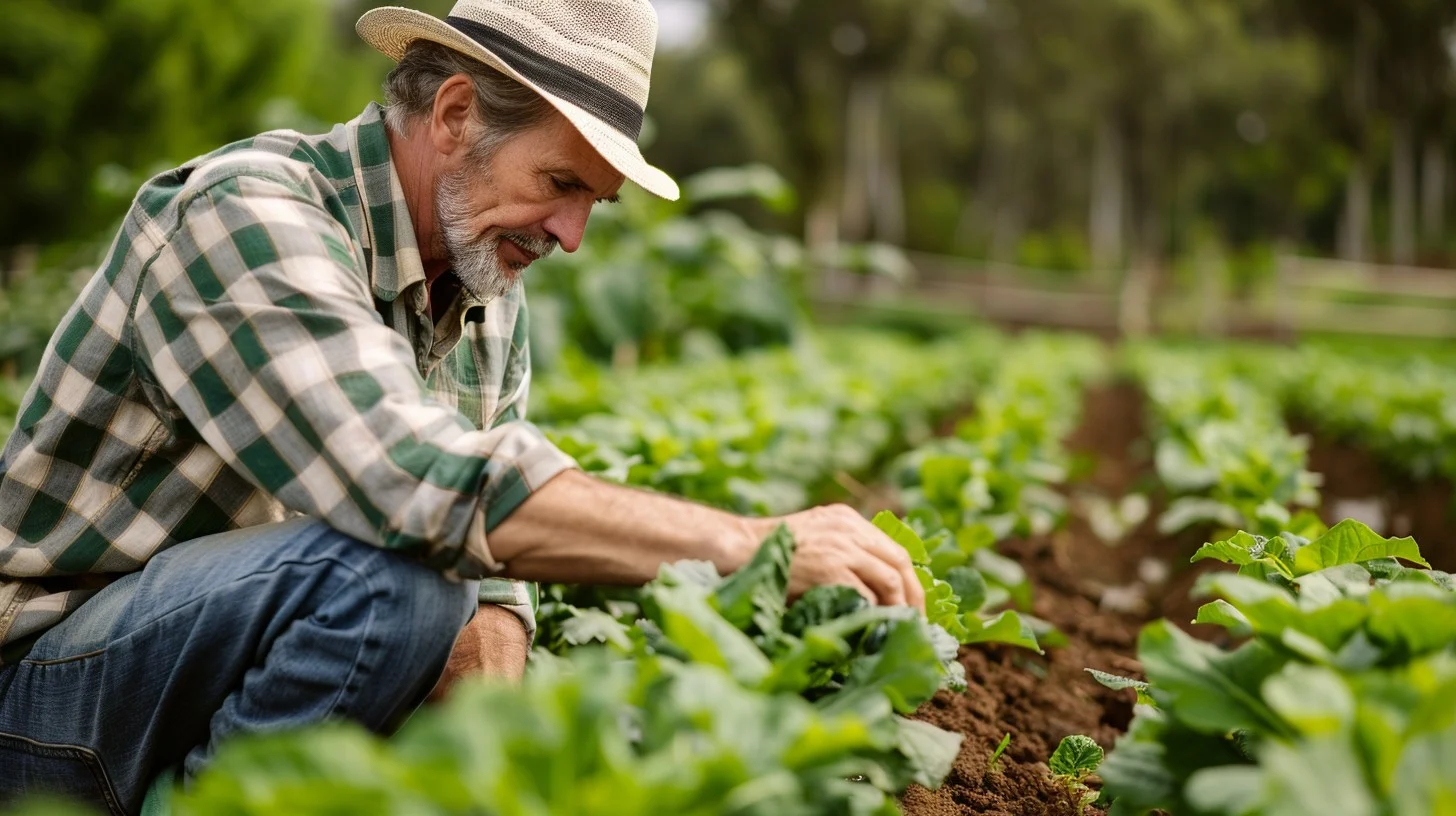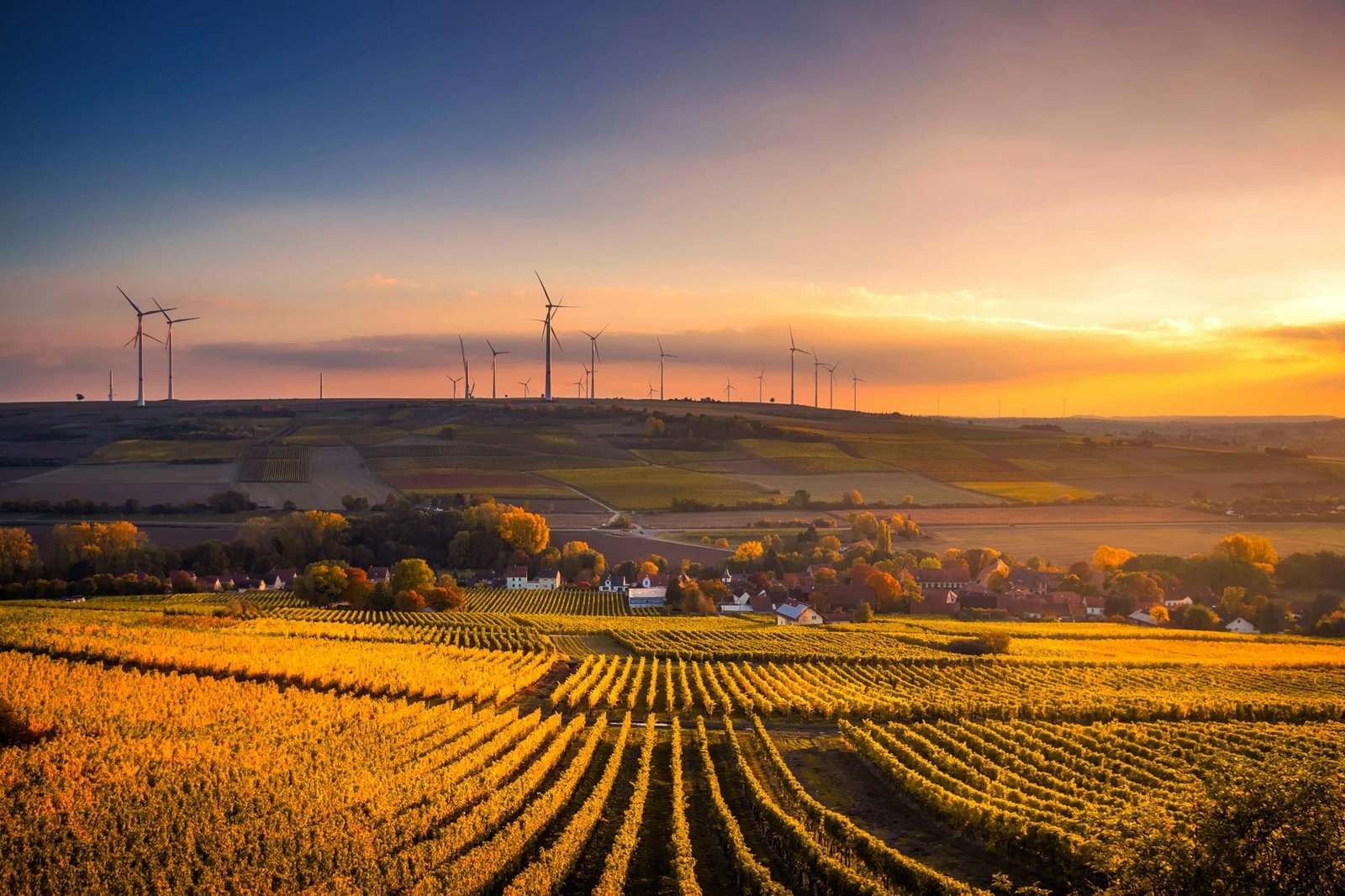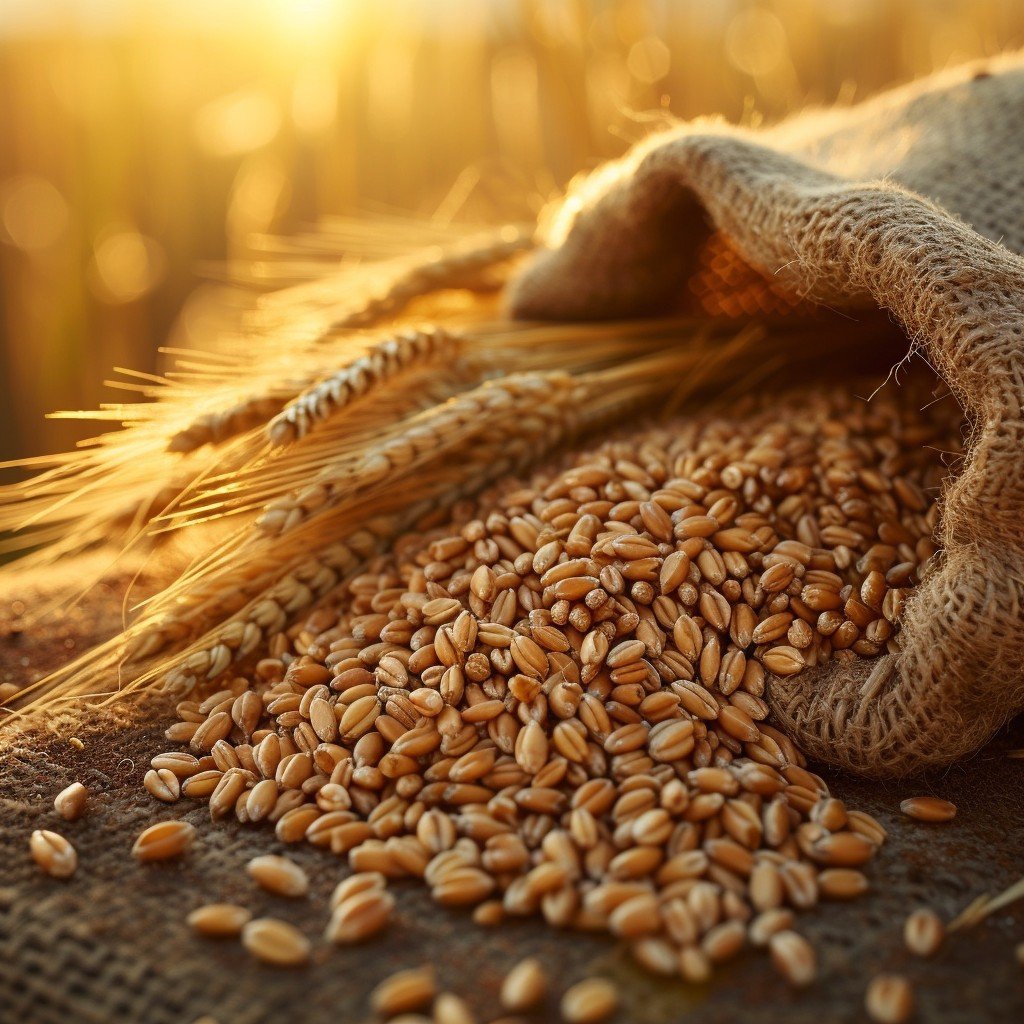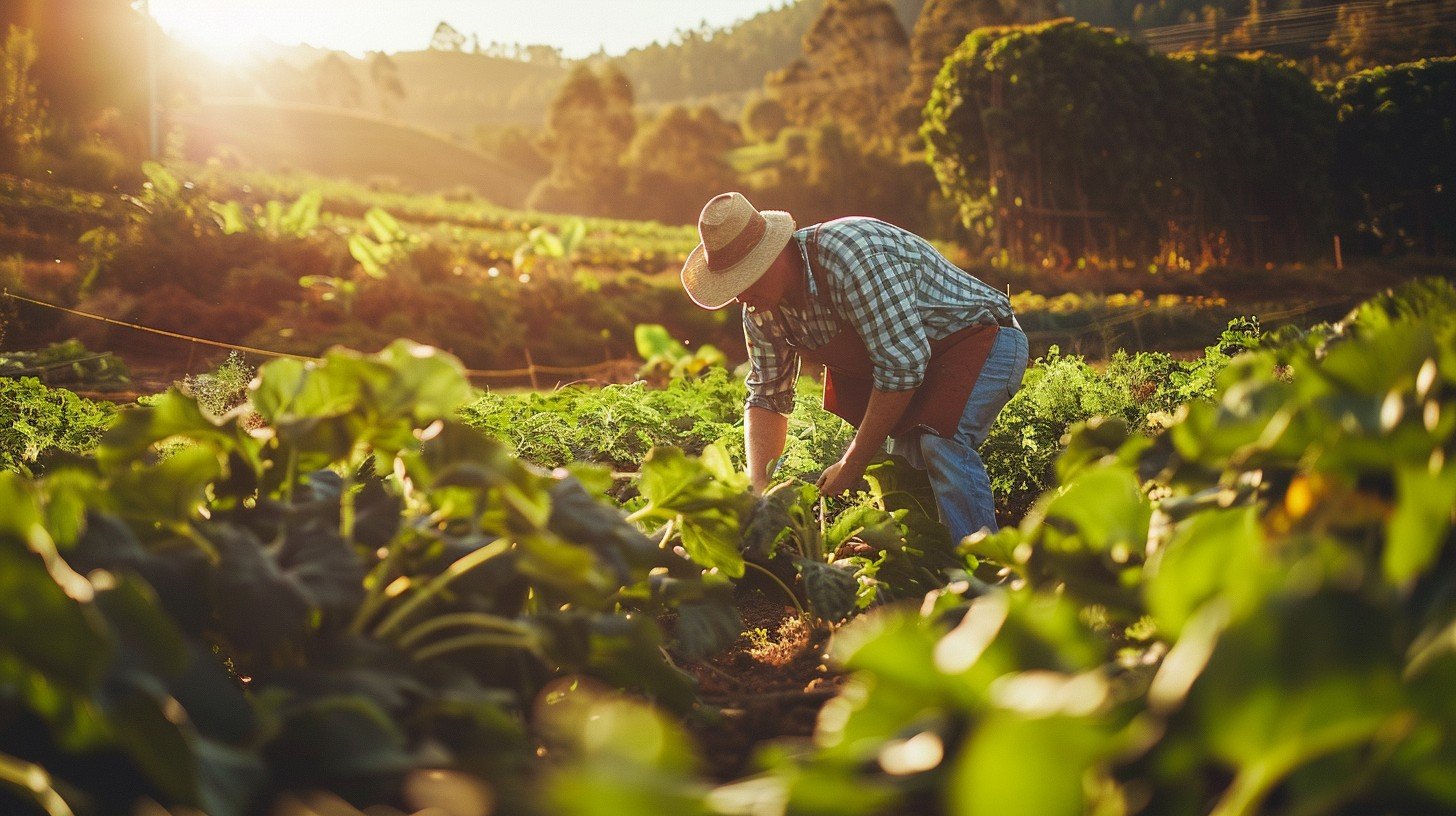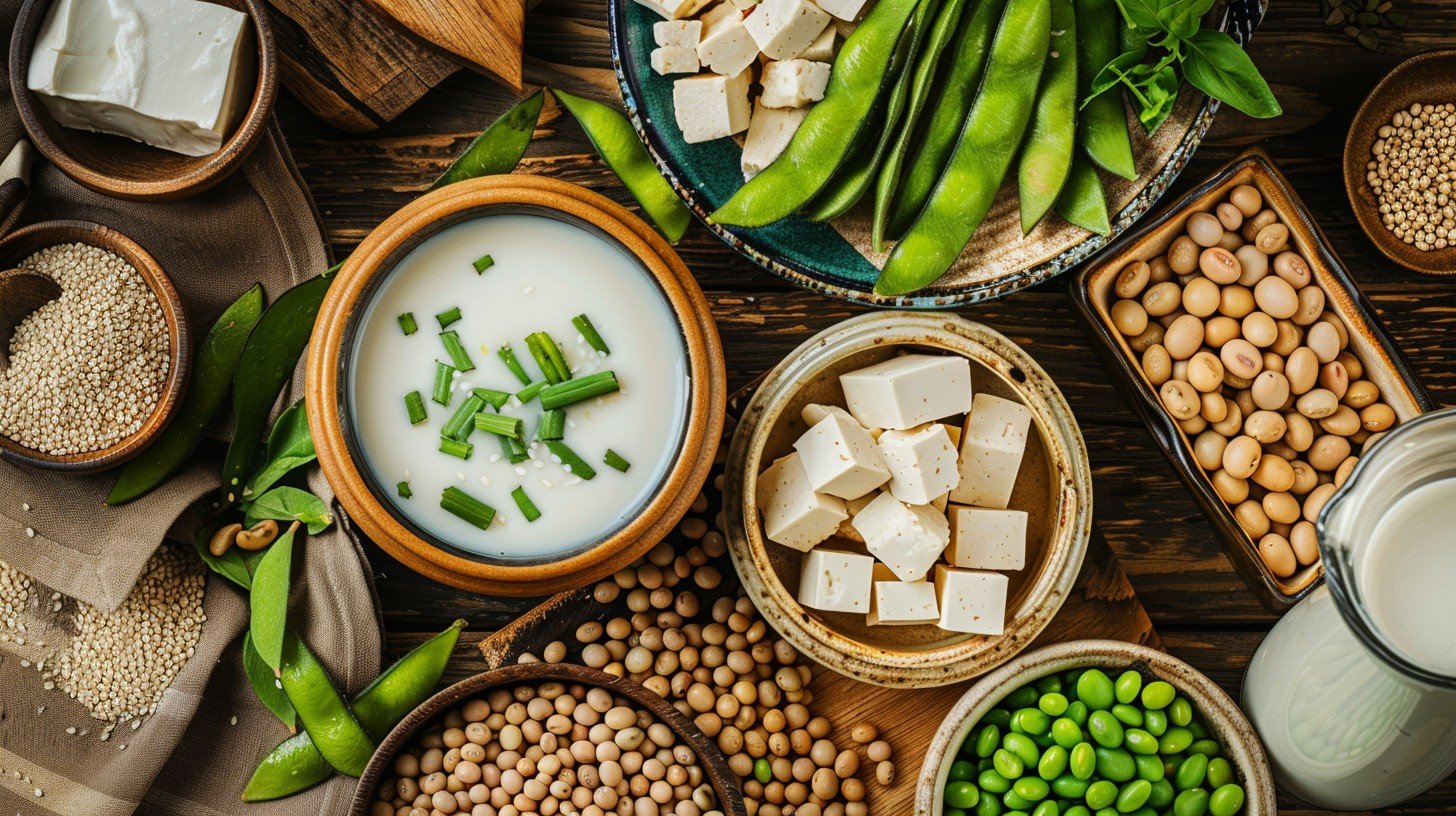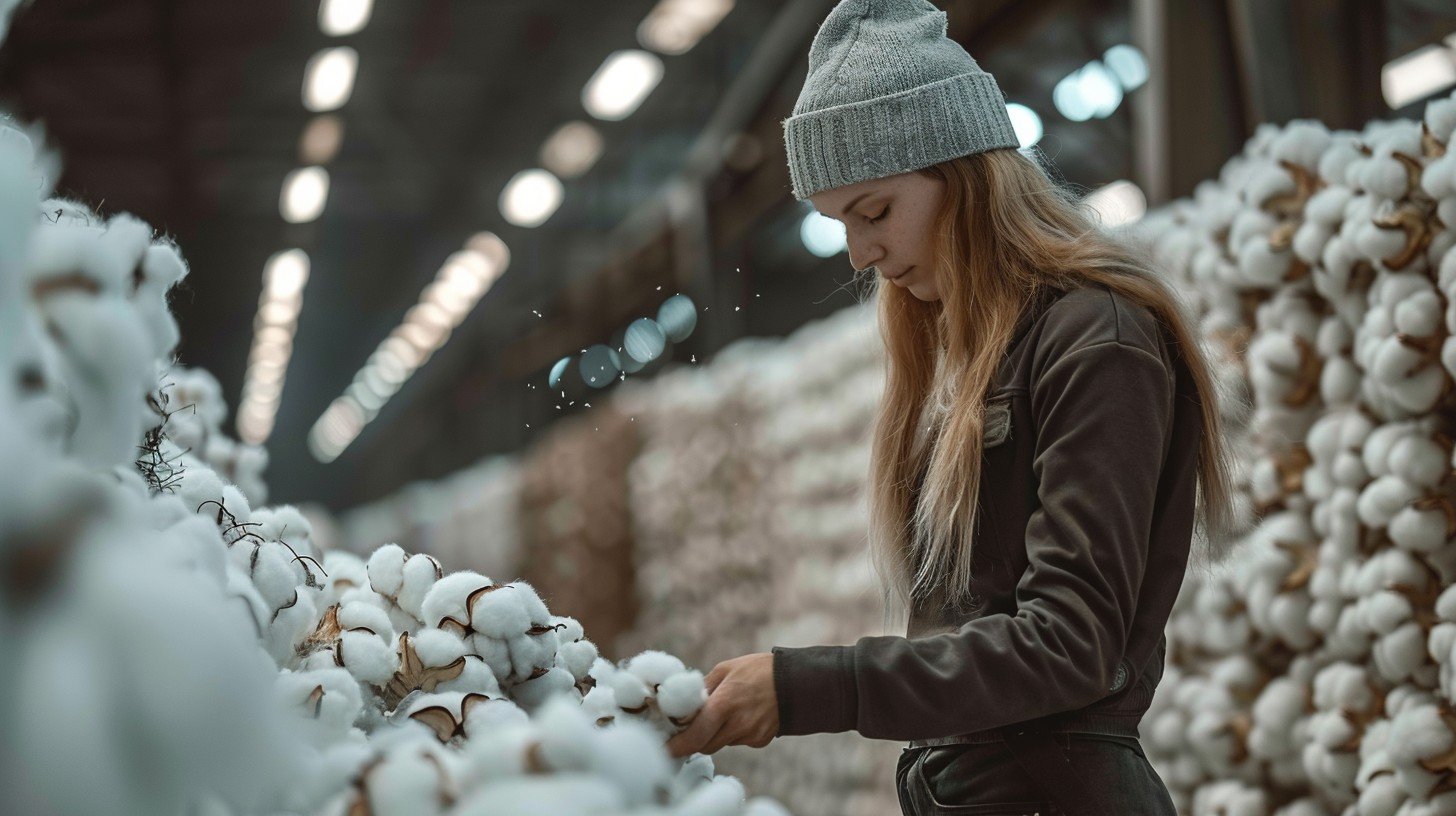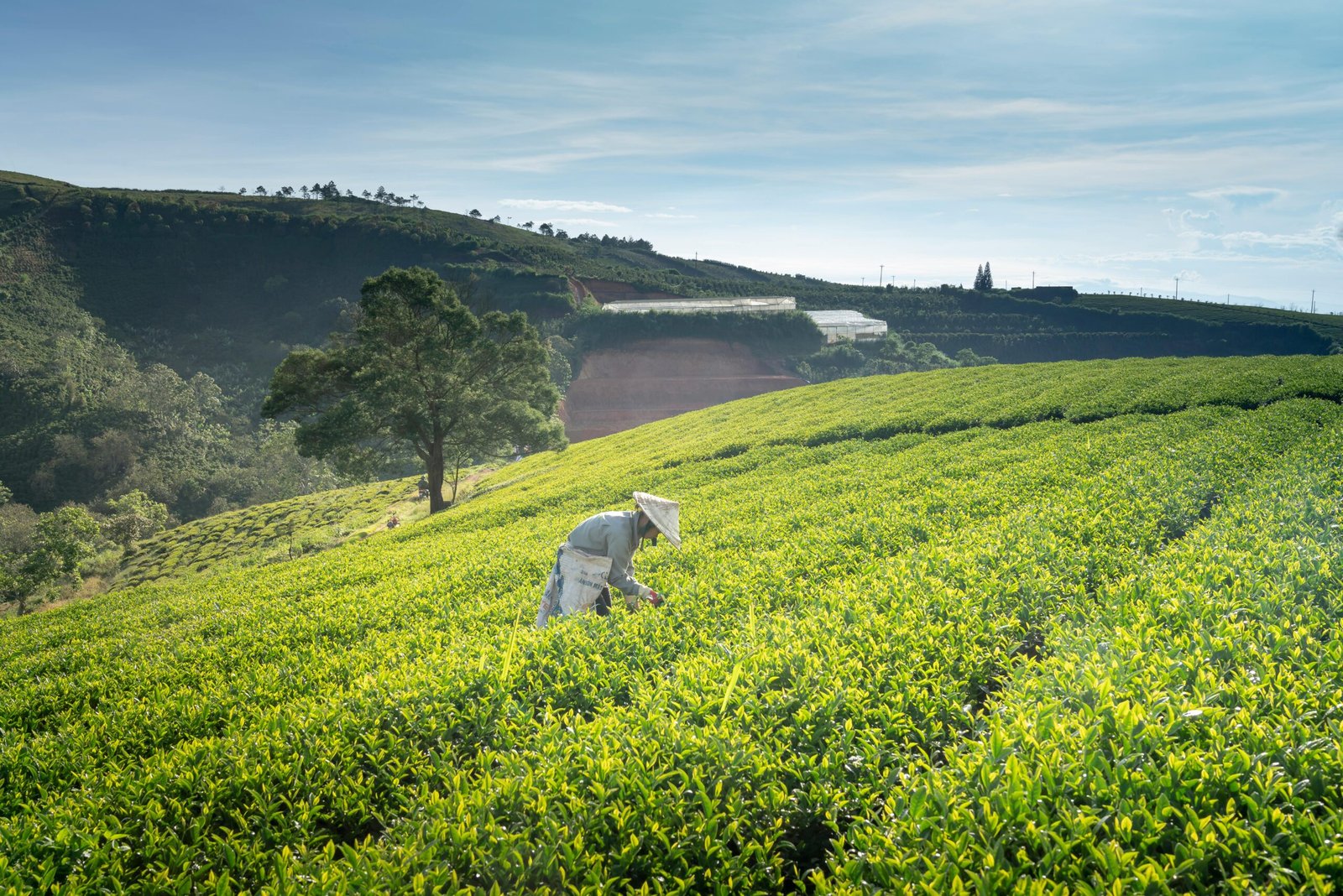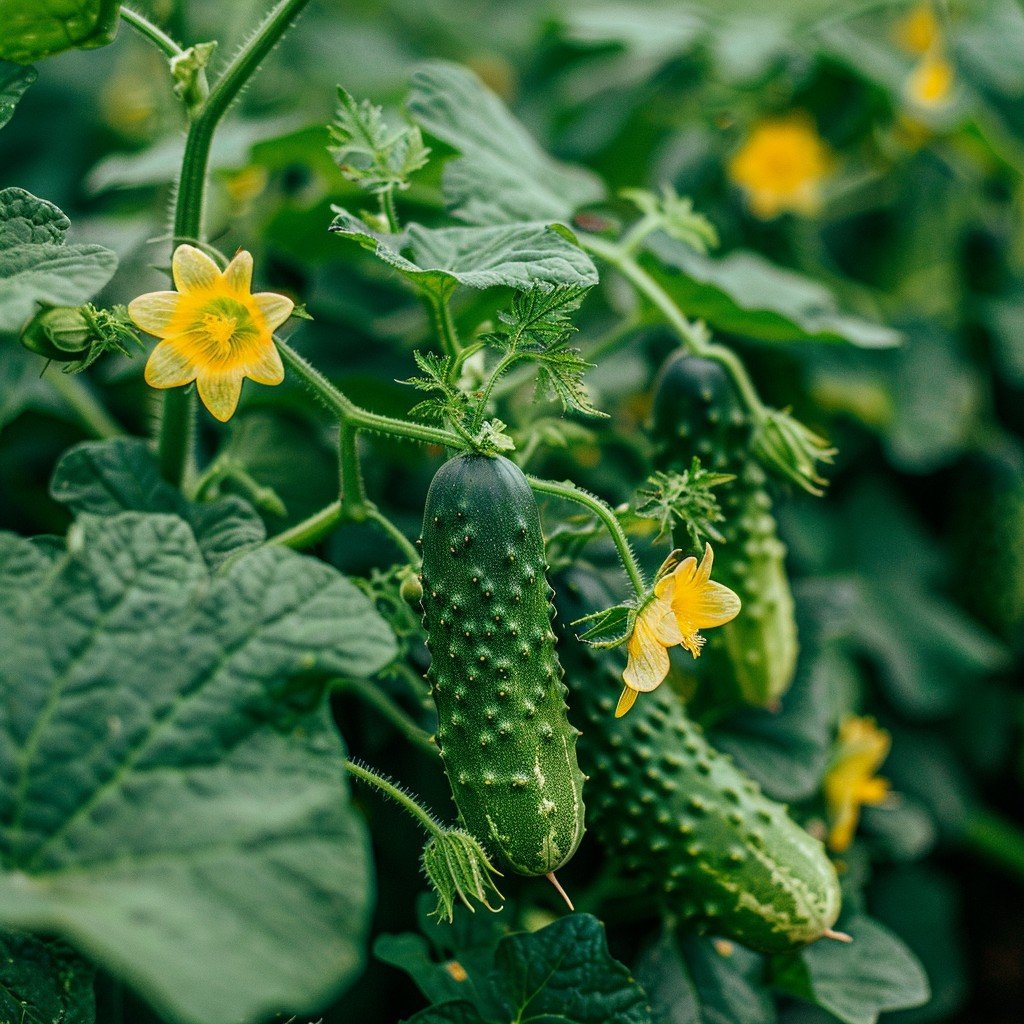1.Introduction to Sustainable Crop Production
The very term ‘sustainable crop production’ is the philosophy of farming to meet the food requirements of the present age without causing harm to natural resources or ecosystems. Farming should cause the least possible harm to the environment, and its methodology should exploit the resources with minimum wastage. This would achieve a balance between the health of the planet and the security of food in the future. Here, this blog discusses the significance, methods, benefits, and challenges of sustainable crop production and sees its bright prospects.
2.The Importance of Sustainable Crop Production
It is also worth noting that it attains sustainable crop production to help solve other agricultural problems. For instance, they include soil degradation, water scarcity, and loss of biodiversity. Sustainable crop production adapts farming to weather changes and population pressures. It feeds the world without harming the Earth. Using sustainable practices, farmers can reduce environmental impact. They can also build resilience against extreme weather. This helps in the creation of more sustainability in food.
3.Key Practices for Achieving Sustainable Crop Production
Production of sustainable crops is the farm practices that improve crop production with ecological protection. Some important practices that lead to sustainable production of crops include the following:
Soil Health Management: The healthy soil is the backbone for sustainable production of crops. Cover cropping, compost organic, and minimum tillage enhance soil biodiversity, structure, and fertility. A healthy soil retains water and nutrients, reduces the need for pesticides, which in turn benefits the health of a plant.
Water Conservation Techniques: Among the essential aspects of farmers in relation to environmental sustainability is water management. Farmers take measures to save water and avoid its wastage through drip irrigation, rainwater collection, and mulching. This means crops get enough water without necessarily tampering with the local water bodies, hence sustainable production even in areas where water supplies are limiting.
Integrated Pest Management (IPM): Integrated Pest Management is a management approach that relies principally on natural predators and crop rotation with varieties of plants resistant to certain pests. In decreasing environmental impacts due to chemical pesticides and maintaining ecosystem health, IPM becomes imperative for sustainable agricultural production.
Crop Rotation and Diversity: This will also prevent the infestation of pests and diseases in the soil through crop rotation alongside crop diversification. It shall maintain biodiversity and soil fertility. Crop diversity and rotation are highly relied on for sustainable production of crops because they improve the resilience of the soil and reduce overdependence on synthetic pesticides.
Efficient Use of Fertilizers: Future more efficient application of fertilizers will be using organic fertilizers or other slow-release forms of fertilizers coupled with efficient means of application. These methods reduce the risk of runoff of nutrients into water bodies and also delay crop growth to match the rate at which nutrients will be supplied.
4.Benefits of Sustainable Crop Production
Different benefits arise from the adoption of methods that are more sustainable in farming. These run from a healthy ecosystem to increase in biodiversity. They also involve the conservation of soil and water resources. This results in a longer-term higher yields and efficient uses of farming inputs. It reduces losses in crops, leading to healthier crop yields. Sustainable agriculture makes farmers more resilient to climate risks. It will also improve access by consumers to safer and more nutritious food.
5. Challenges in Implementing Sustainable Crop Production
Transitioning to sustainable farming has challenges. Moving away from traditional methods can be expensive. Farmers, especially small ones, may lack the needed knowledge and resources. Climate changes create more variability. Eco-friendly farm inputs are sometimes hard to find. To help farmers make this change, governments and groups can provide education, financial aid, and technical support. Overall, while the benefits of sustainable farming are clear, putting it into practice has some obstacles that need to be addressed.
6. Future of Sustainable Crop Production
The future of growing crops in a sustainable way looks bright. This is because technology and new ideas are changing agriculture more and more each day. Advanced precision farming, AI, and biotechnology give farmers ways to grow more using fewer resources. This adds to the sustainability. People are becoming more aware of environmental problems. So sustainable crop production is getting more focus around the world. This is moving agriculture towards greener futures.
7. Conclusion
Food security is important for crop production. Farmers should improve soil, water, and nature to have a sustainable farming system. This meets human needs and causes little harm to the environment. It’s more than a trend. It’s a way to make farming sustainable, resilient, and productive.
Sustainable farming methods can transform agriculture. Instead of harming the planet, they can help feed the world. These methods are integrated into daily farm practices. This makes agriculture a friend, not an enemy, of the planet.

